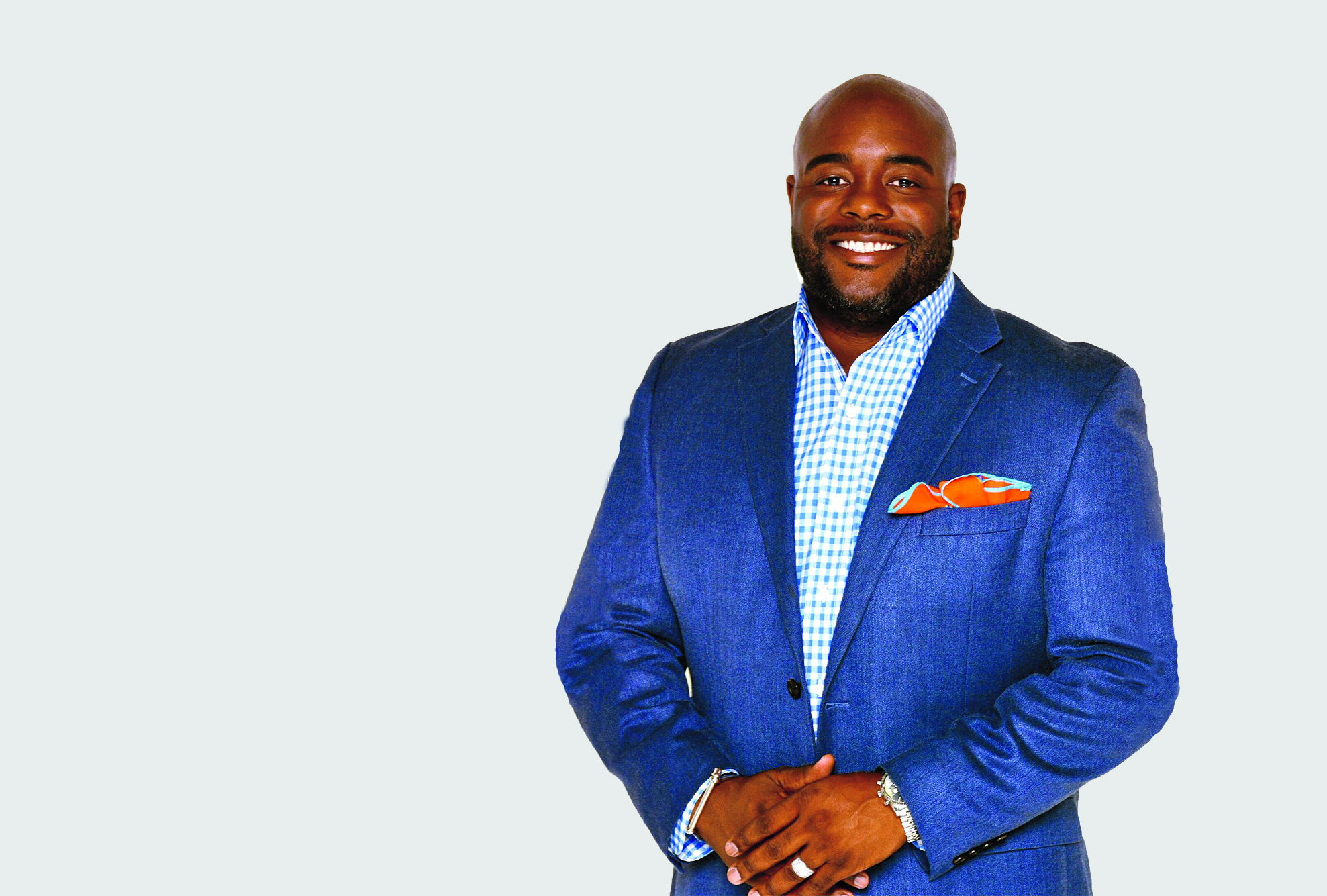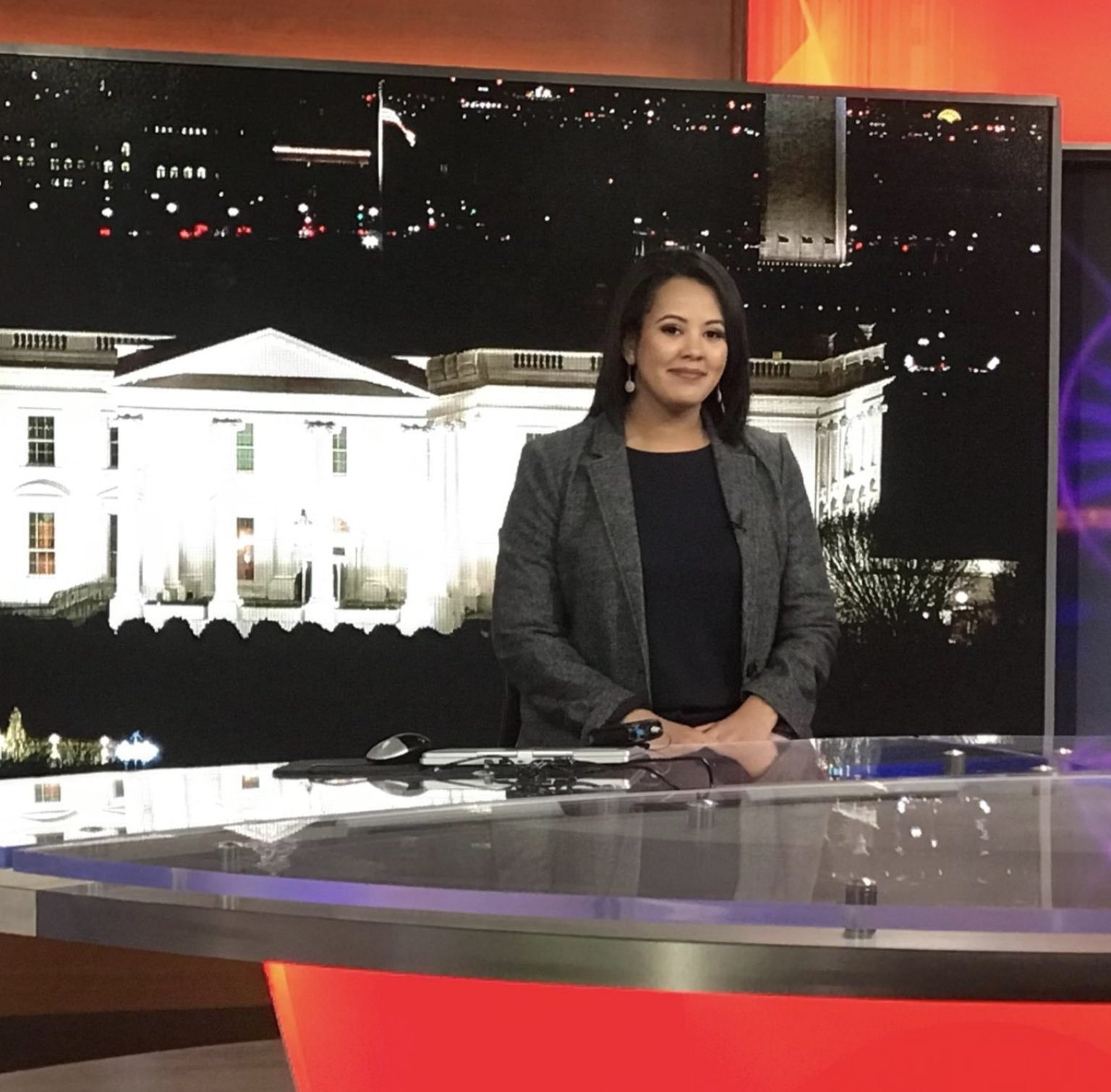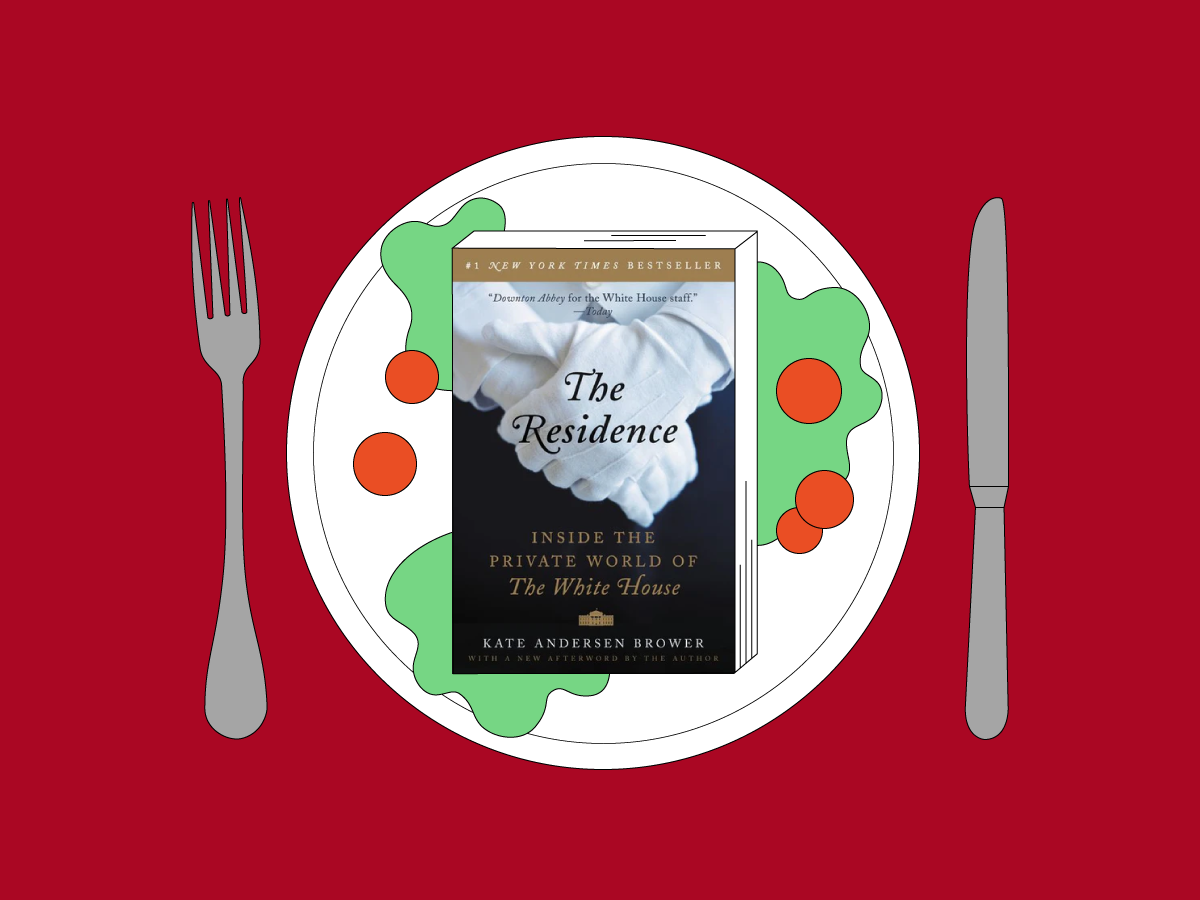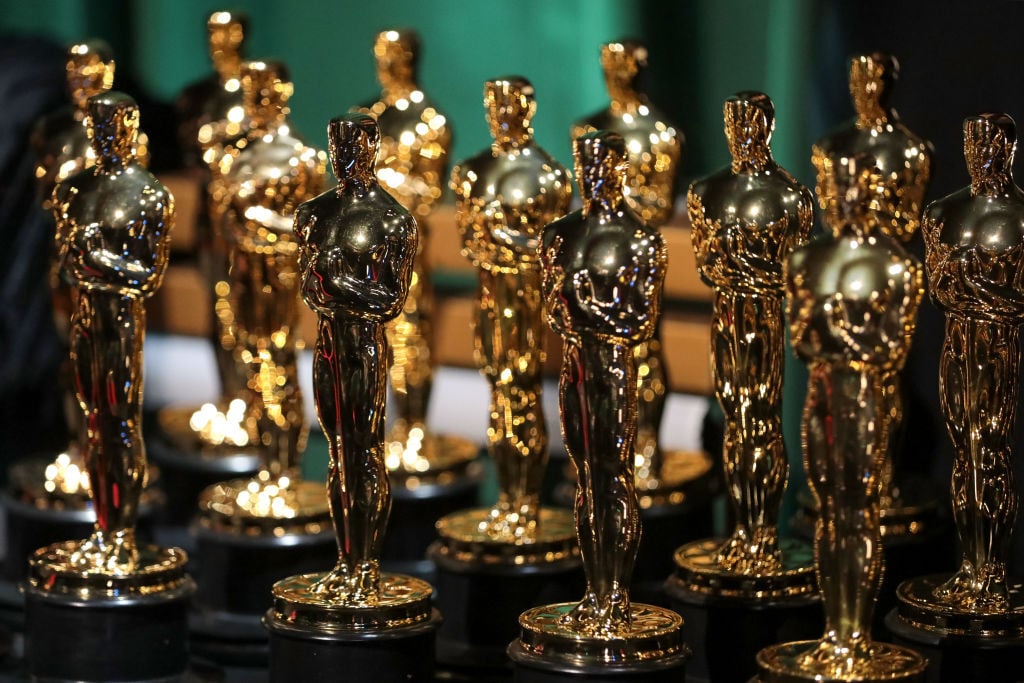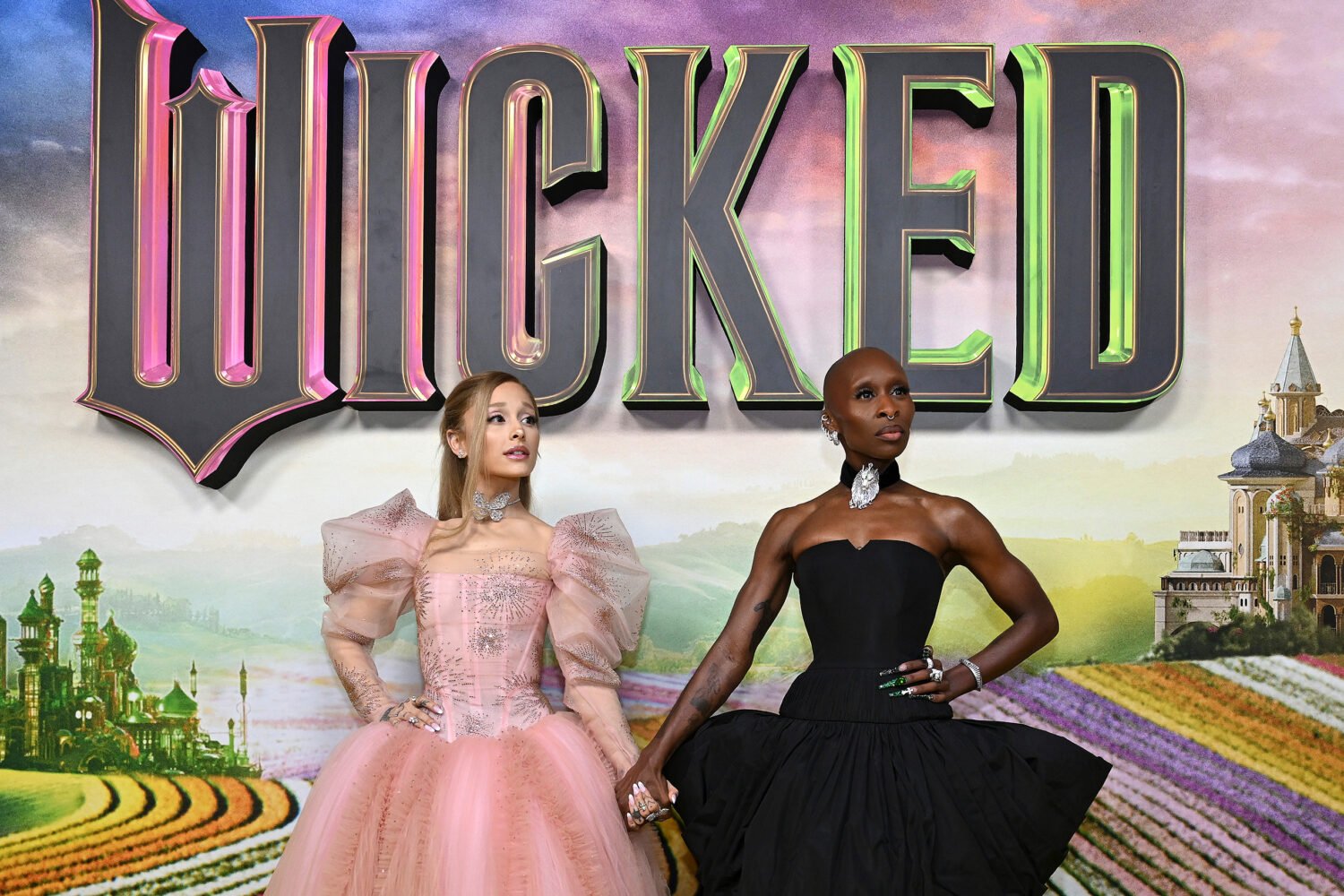For the last seven years, John Gibson has headed the Motion Picture Association of America’s diversity efforts. We checked in to see how the DC-based organization—which represents the major film studios—is pushing for change in the movie biz.
How did the MPAA start its diversity program?
In January 2012, Spike Lee gave a press conference [at the Sundance Film Festival] and said Hollywood didn’t [know anything] about black people. I had never seen [former MPAA head] Chris Dodd so bothered; it was just weighing. He called me into his office, and Jesse Jackson was on speaker and said, “Chris, I have trust that you will figure this out.” When that call ended, he looked at me and said, “We will figure it out.” We didn’t know what the program would grow to be. There was no road map.
What is the MPAA’s role in making Hollywood more diverse?
We don’t work in the creative space, so we are [connecting] our studios with major civil-rights groups they might not interact with day to day. We’ve quietly supported our studios in moving the needle. We’ve quietly supported black film festivals.
What did you think about the #OscarsSoWhite social-media campaign and other efforts to make the Oscars more inclusive?
The Academy wasn’t diverse enough. Our members want their projects to be recognized, so they were frustrated. [Things are better, but] we are so not close to the finish line. Everyone who works in inclusion in film and TV wants to ultimately work themselves out of a job; we’ll be employed for a while. But while we can’t see the finish line, we’re still racing towards it. And the work is starting to show. If you look at Netflix’s Roma and how the director and the writers were unapologetically speaking Spanish—they were like, this is who we are; we want to showcase this. Look at what Crazy Rich Asians did. Universal’s first billion-dollar picture was Fast and Furious 7. Why? Because it was a multicultural cast and people just wanted to see themselves.
This article appears in the May 2019 issue of Washingtonian.

